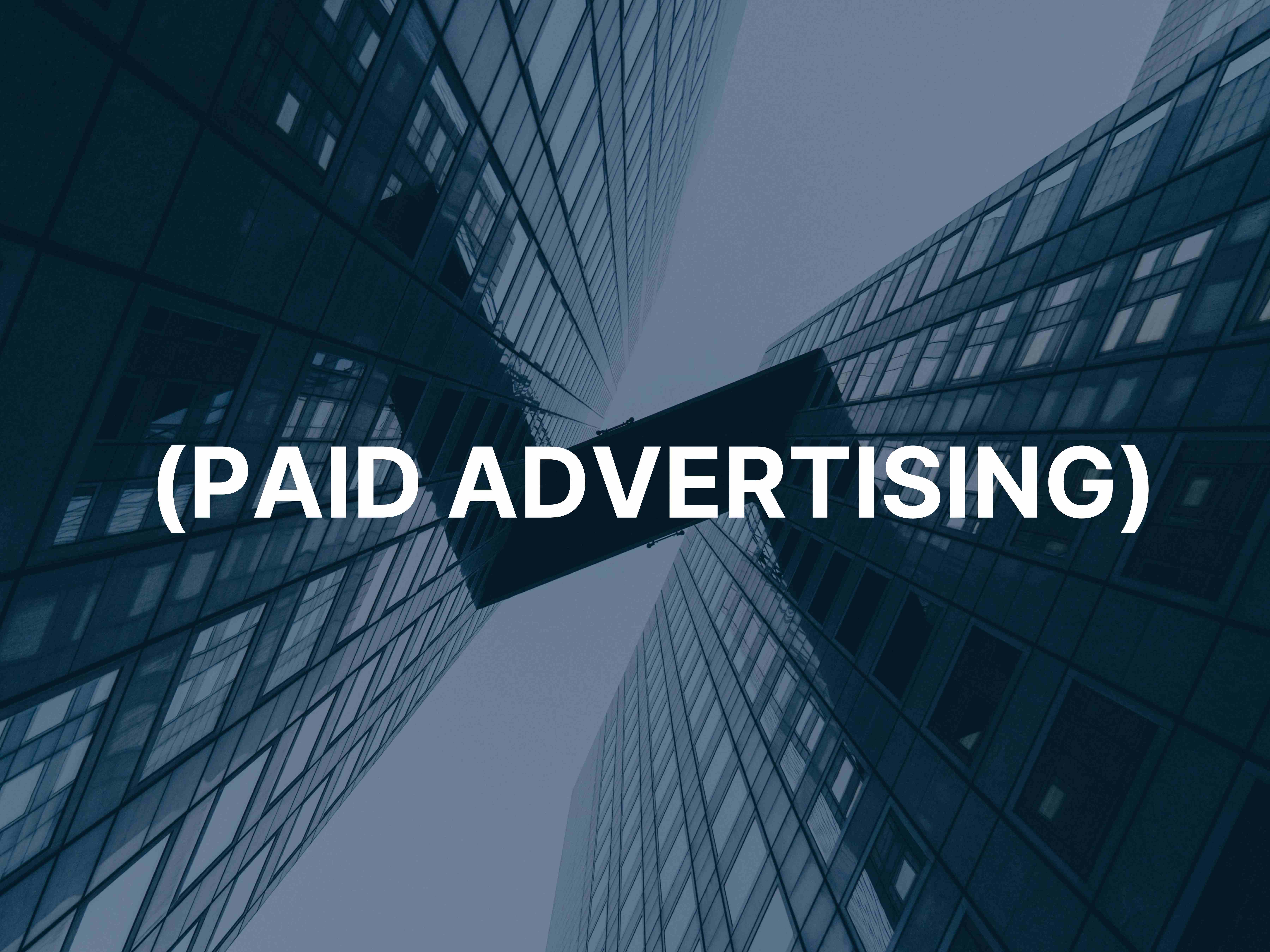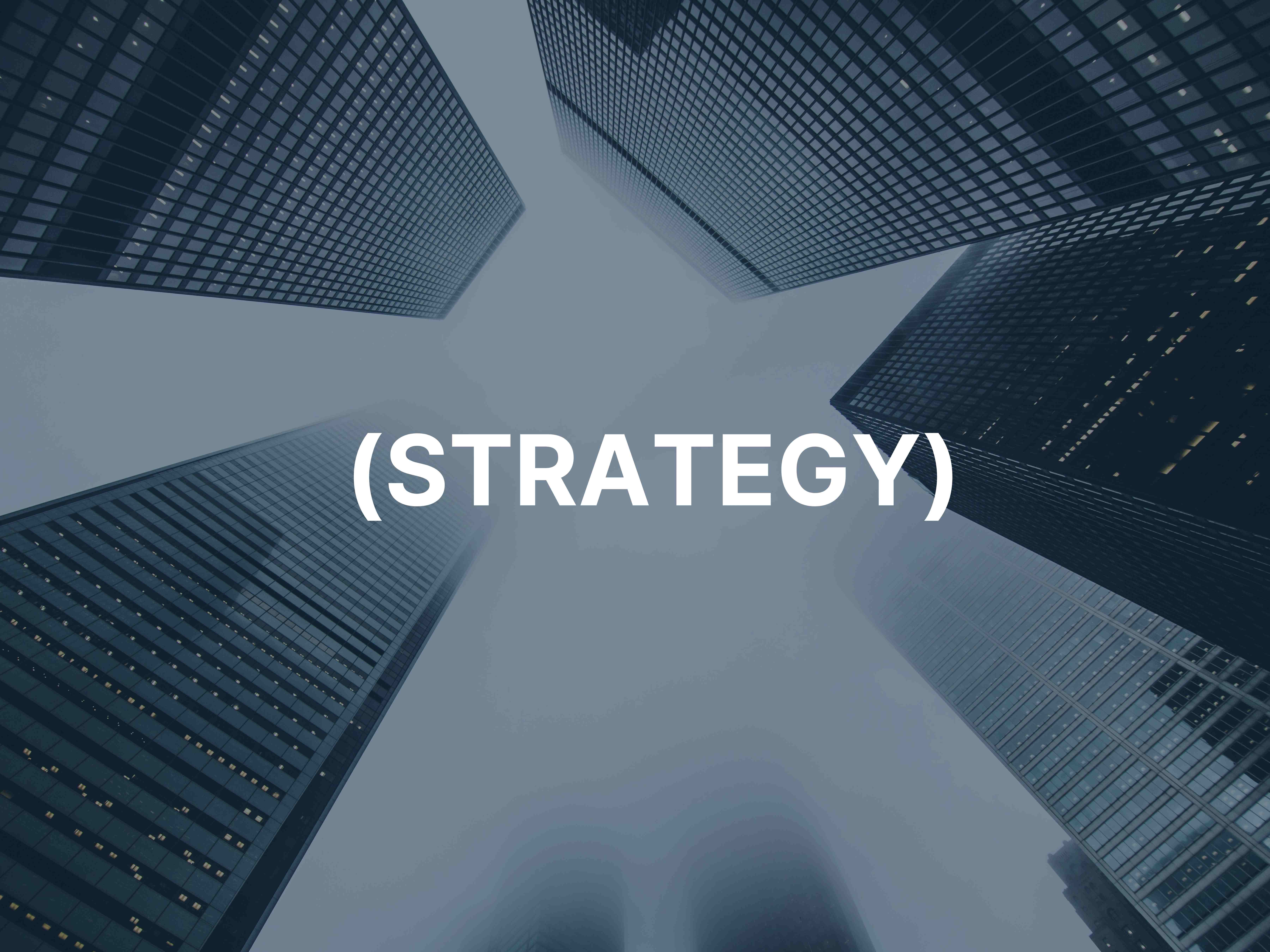Social media has become an essential marketing channel for businesses of all sizes, but navigating the difference between organic and paid strategies can be confusing. Both approaches have distinct advantages, costs, and outcomes that impact how they should fit into your overall marketing plan. Understanding these differences is crucial for allocating your resources effectively and achieving sustainable growth. Here's a comprehensive breakdown of organic versus paid social media marketing:
5 Key Points:
- Resource Investment: Organic social media requires more time and consistent effort but lower financial investment, while paid social demands budget allocation but can deliver faster results with less ongoing content creation.
- Audience Targeting: Paid social offers precise targeting capabilities based on demographics, interests, and behaviors that organic cannot match, allowing you to reach specific customer segments with tailored messaging.
- Timeline Expectations: Organic strategies typically take 6-12 months to gain significant traction, while paid campaigns can generate immediate visibility and results within days of launching.
- Content Approach: Organic content should focus on value, education, and relationship-building with a 80/20 value-to-promotion ratio, while paid content can be more directly promotional with clear calls-to-action.
- Integrated Strategy: The most effective social media approach combines both organic and paid elements, using organic to build community and credibility while using paid to amplify high-performing content and target specific growth objectives.
1. Organic Social Media: Building Relationships and Brand Authority
Organic social media refers to the free content you post on your social media profiles—including posts, stories, videos, and comments. This approach focuses on building a community around your brand through valuable, engaging content that resonates with your audience.
Key characteristics of organic social media:
- Cost: No direct media spend, but requires time and resources for content creation and community management
- Reach: Limited by algorithm changes and typically reaches only 2-5% of your followers without paid amplification
- Timeline: Slow-building with results typically taking months to materialize
- Benefits: Builds authentic relationships, establishes brand voice, creates trust, and provides social proof
A local bakery in Dallas focused on organic Instagram content for six months, sharing behind-the-scenes videos, customer stories, and baking tips. While growth was initially slow, they eventually built a highly engaged community of 5,000 followers who regularly visited their store and recommended them to friends.
2. Paid Social Media: Targeted Reach and Rapid Results
Paid social media involves investing in sponsored content, advertisements, or promoted posts that appear in users' feeds based on targeting parameters you select. This approach allows you to reach specific audiences beyond your existing followers.
Key characteristics of paid social media:
- Cost: Requires financial investment, with budgets ranging from a few dollars per day to thousands per month
- Reach: Can reach thousands or millions of targeted users based on your budget and targeting
- Timeline: Immediate visibility with results often apparent within days
- Benefits: Precise audience targeting, scalable results, detailed performance metrics, and faster growth
A home service company in Fort Worth invested $1,500 in Facebook ads targeting homeowners within specific zip codes and income brackets. The campaign generated 45 qualified leads and 12 new customers within two weeks, resulting in over $8,000 in new business—a 5.3x return on ad spend.
3. Content Strategy Differences
The type of content that performs well differs significantly between organic and paid social media:
Organic content strategy:
- Focus on providing value, education, and entertainment
- Follow the 80/20 rule: 80% valuable content, 20% promotional
- Emphasize storytelling and authentic brand voice
- Encourage engagement and conversation
- Build relationships through consistent interaction
Paid content strategy:
- More direct promotional messaging is acceptable
- Clear, compelling calls-to-action
- Visually striking creative that stops the scroll
- Concise messaging that communicates value quickly
- A/B testing different elements to optimize performance
4. Measuring Success: Different Metrics for Different Goals
The metrics you should track also vary between organic and paid social media:
Organic social media metrics:
- Engagement rate (likes, comments, shares)
- Follower growth
- Community sentiment
- Brand mentions and user-generated content
- Website traffic from social referrals
Paid social media metrics:
- Click-through rate (CTR)
- Cost per click (CPC) or cost per thousand impressions (CPM)
- Conversion rate
- Cost per acquisition (CPA)
- Return on ad spend (ROAS)
5. Creating an Integrated Social Media Strategy
The most effective approach for most businesses is to integrate both organic and paid social media strategies:
- Use organic social media to build your community, establish your brand voice, and create a foundation of content
- Identify your highest-performing organic content and amplify it with paid promotion
- Use paid campaigns for specific growth objectives like lead generation or product launches
- Retarget your organic audience with paid ads to move them through your sales funnel
- Allocate resources based on your business goals, timeline, and budget constraints
A local fitness studio in Plano combined organic and paid strategies by creating valuable workout tips and client transformation stories on their Instagram account. They then used paid ads to promote their most popular content to targeted audiences in their area, offering a free class as an incentive. This integrated approach resulted in a 40% increase in new memberships compared to their previous marketing efforts.
At New Age Adaptation, we help small businesses in the DFW area develop and implement effective social media strategies that combine the relationship-building power of organic content with the targeted reach of paid advertising. Our approach focuses on creating a sustainable system that drives measurable business results.
Ready to optimize your social media marketing strategy? Schedule a free consultation with our team to discuss how we can help you leverage both organic and paid approaches for maximum growth.


